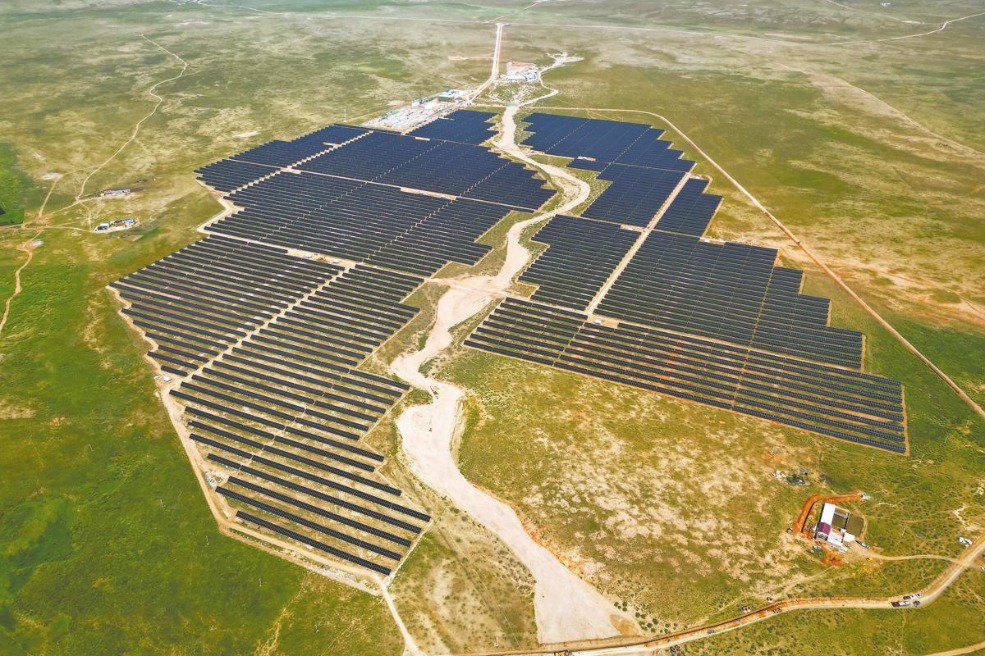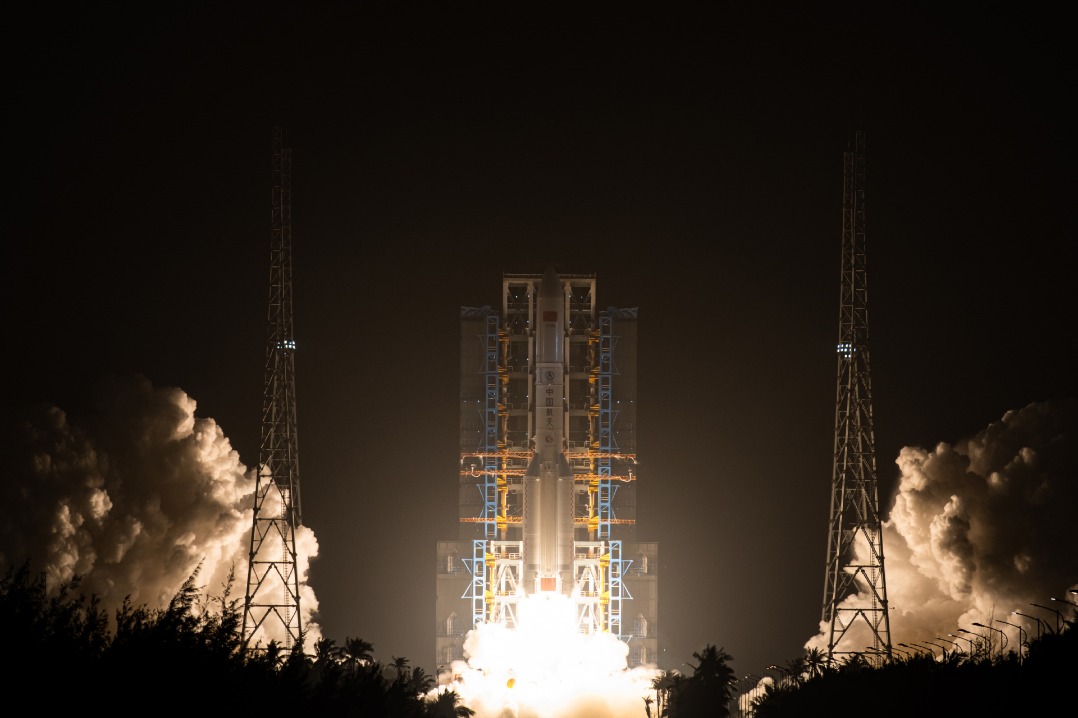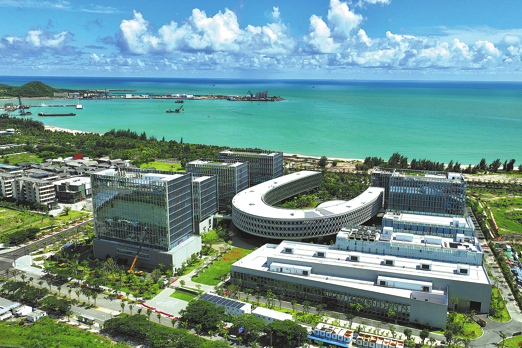US advised to look east to meet infrastructure goals

US President Joe Biden's economic advisers are reportedly preparing a $3 trillion package with an ambitious plan for infrastructure to boost the country's economy.
One expert suggests the US learn from China to revamp its "overstretched" infrastructure that has lagged in "quality and standards".
"The nation's transportation system, water and energy networks and broadband system are under significant stress. One of the latest examples is the breakdown of the Texas power grid in January," Selina Ho, assistant professor in international affairs at National University of Singapore, said at a recent webinar.
More than 4 million people lost power in Texas after a winter storm crippled the state's energy infrastructure, which was not built to withstand extreme weather events. Other examples include an Amtrak derailment in Philadelphia in 2015 and the contaminated water supplying Flint, Michigan, said Ho.
"These are all evidence that there's tremendous stress on the US infrastructure system," she said.
The American Society of Civil Engineers estimates there is an investment gap of nearly $2.59 trillion over 10 years in infrastructure. The group warns in its 2021 report that by 2039, US' overdue infrastructure bill will cost the nation $10 trillion in GDP and the average US household $3,300 a year.
The $3 trillion plan proposed by Biden's advisers will begin with an infrastructure measure in the US Congress that may be funded through increased taxes for the wealthy and corporations, The New York Times reported on Monday.
It added the advisers are expected to present the proposal to the president and congressional leaders this week. Documents suggest it will include nearly $1 trillion in spending on the construction of roads, bridges, rail lines, ports, electric vehicle charging stations, and improvements to the electric grid and other parts of the power sector, the report said.
One of the "important lessons" the US can learn from China's infrastructure practices is the "essential" role the government plays, said Ho.
Public good
"It (government) cannot relinquish infrastructure because infrastructure is a form of public good. It cannot leave it to the private sector alone. It needs to regulate, monitor and invest in it," she said.
US federal spending on "physical resources", including energy and transportation, averaged around 2 percent of GDP during the late 1970s and has been below 1 percent of GDP since 2013, said Jeffrey Sachs, a professor and director of the Center for Sustainable Development at Columbia University, in a recent article for CNN.
"Without modern infrastructure, the US cannot create decent jobs, social justice or climate safety. After decades of delay, now is the time for President Joe Biden to go big," he said.
Another lesson the US can draw from China's experience is encouraging private-public partnerships, said Ho. "China takes a forward-looking view of development. It anticipates demand and creates supply before actual demand takes place. This is because infrastructure projects are multiyear projects that require long-term planning and early investment," said Ho. "The government's role is really critical, especially in the area of public-private partnerships (PPPs)".
Today's Top News
- Ukraine says latest peace talks with US, Europe 'productive'
- Economic stability a pillar of China's national security
- Xi taps China's deep wisdom for global good
- New rules aim for platforms' healthy growth
- Chinese web literature grows overseas
- Postgrad exam trend points to thoughtful approach






























